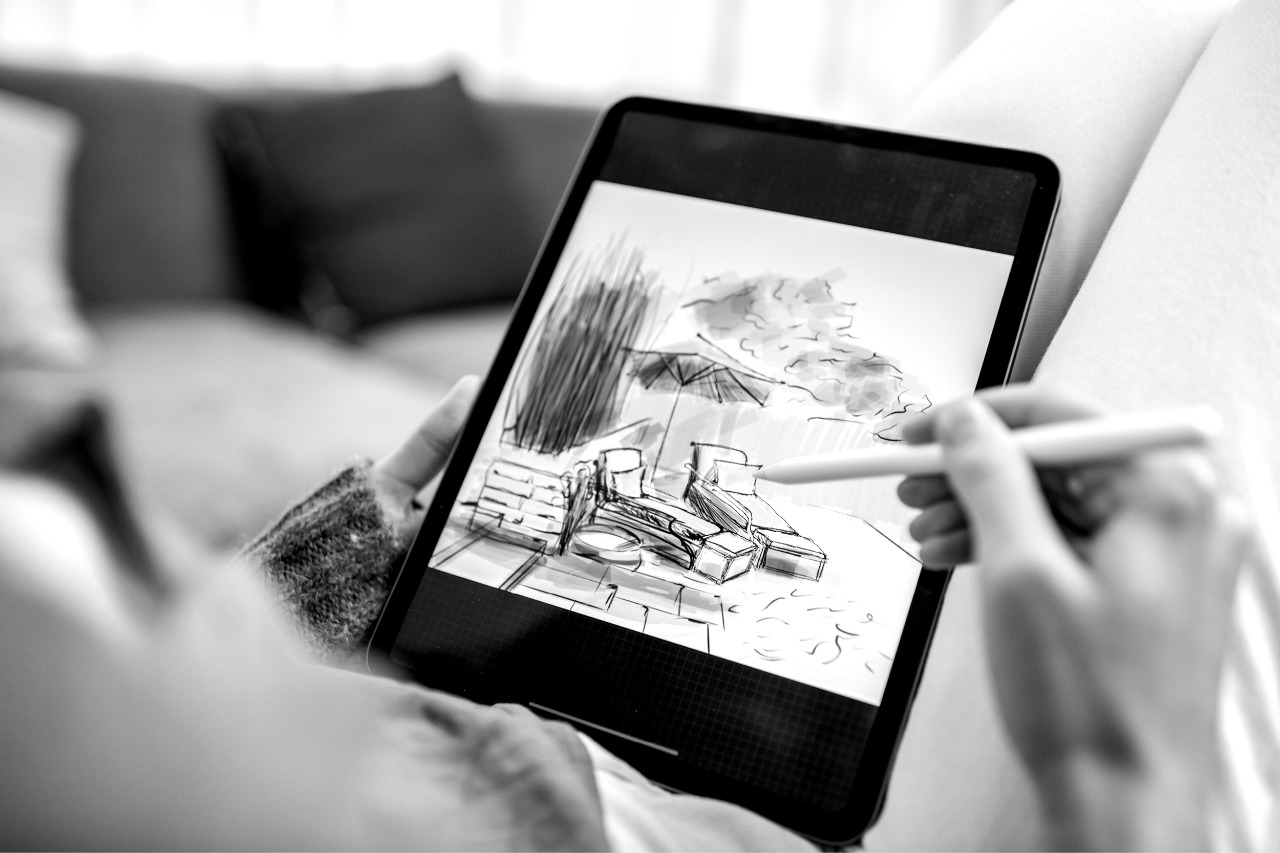Rethinking Design Education

Design Education 2.0 has become necessary as a result of Industry 4.0 says MIT School of design. To make it modern, relevant, and sustainable, disruption in the way design has been taught in India for the past 50 years needs to be reconsidered. Design education in India, which arose from the country's rich "Craft" sensibility, must now be changed into "Technology" enabled. At MITSD, we believe that in the near future, this will emerge as the next best practice for sustainable design education.
This project to reinvent design education for the twenty-first century was prompted by these circumstances. One of the initiative's main goals is to provide a thorough, research-based, and Technology-Driven academic foundation for design decisions. Helping designers become champions for social and environmental responsibility is the second objective. There are a lot of difficulties in design education. Design issues are increasingly focusing on a varied range of planned processes, services, systems, and communities, rather than isolated communication and manufacturing artifacts.
Challenges For Design Education
These circumstances led to the effort to reimagine design education for the twenty-first century. One of the initiative's key goals is to provide an academic foundation for design decisions that is detailed and research-based. A second goal is to assist designers in becoming champions for social and environmental responsibility. Design education is fraught with obstacles. Rather than isolated communication and manufacturing objects, design concerns are increasingly focusing on a diverse variety of planned processes, services, systems, and communities.
Future Of Design Education
Design education must shift away from art and architecture colleges and toward science and engineering schools. We need new types of designers, people who can collaborate across disciplines, who understand people, business, and technology, as well as the best ways to verify claims. Design is developing and evolving, shifting from a primarily form-giving activity to a strategic problem-solving activity. The new slogan for innovation is design thinking. Design is becoming increasingly important to technical institutes and management organizations. As they embark on the path to a career in design, millennials should be aware of the shifting landscape of the field.
Design Education Is Generic
Design education is becoming more collective. Once upon a time, specialisation was the norm. Industrial designers went on to become Product Designers, then-Interior Product Designers! Such specialties are no longer effective. Customers prefer to work with interdisciplinary designers because they are generalists who can solve a wide range of challenges that cross multiple disciplines. Interdisciplinary Design programmes have been added to progressive universities like MIT School Of Design to meet this demand.


Design Education is Getting Digital
The cursor has taken the place of the pen. This is the screen paper. Designers have thoroughly embraced digital technology. As a result, there is a pressing need for a course content overhaul that incorporates digital learning, online classrooms, and bite-sized inputs. Take, for example, the field of Communication Design, Product Design, or User Experience Design. All new programs have a strong emphasis on using technology to learn such as digital, 3D printing, robotics, and emerging technologies as well as AI, VR, and more.
Design Education is About Co-creation
Designers used to work in isolation, inventing new things and filing patents for them. However, there is a new breed of designers who are open-minded and create products that incorporate all project stakeholders. Design is more open now, has crossed the borders of specialisation, became more multidisciplinary, more human-centric, collaborative, and co-creative activity. Design schools are now encouraging millennials to interact on digital platforms, working across time zones, and jointly designing answers to global issues.

Design Education is Multi-Disciplinary
Designers who attend design-specific schools miss out on a multi-disciplinary approach to problem-solving. Design experts are more prepared to solve real-world challenges using sociology, psychology, finance, and management inputs. In order to help students develop into well-rounded professionals, modern design institutes teach critical thinking and systemic thinking methods.
MIT School of Design is Future Ready
The design has a bright future ahead of it. It must be able to serve all economic sectors. The lines between specializations and divisions are becoming increasingly blurred. In today's environment, working in silos is no longer an option. Designers will be required to take on leadership responsibilities and will be expected to be more disruptive and innovative, as well as responsible and inclusive. To cater to the final individual, they should learn to create empathy. For the future of design, sustainability will be the watchword. The importance of imagination will rise, and creativity will become the key to fixing the world's issues. The MIT School of Design is up to the task. Communication and critical thinking classes are part of the new curriculum. For the generalist designer, interdisciplinary design is a viable alternative. Majority of the Communication Design and Product Design programs are digital. Students from Technology, Management, and Design collaborate for classes and projects, so co-creation is the norm. We are about to usher in a new era in design education. One that is current and relevant to today's millennials.